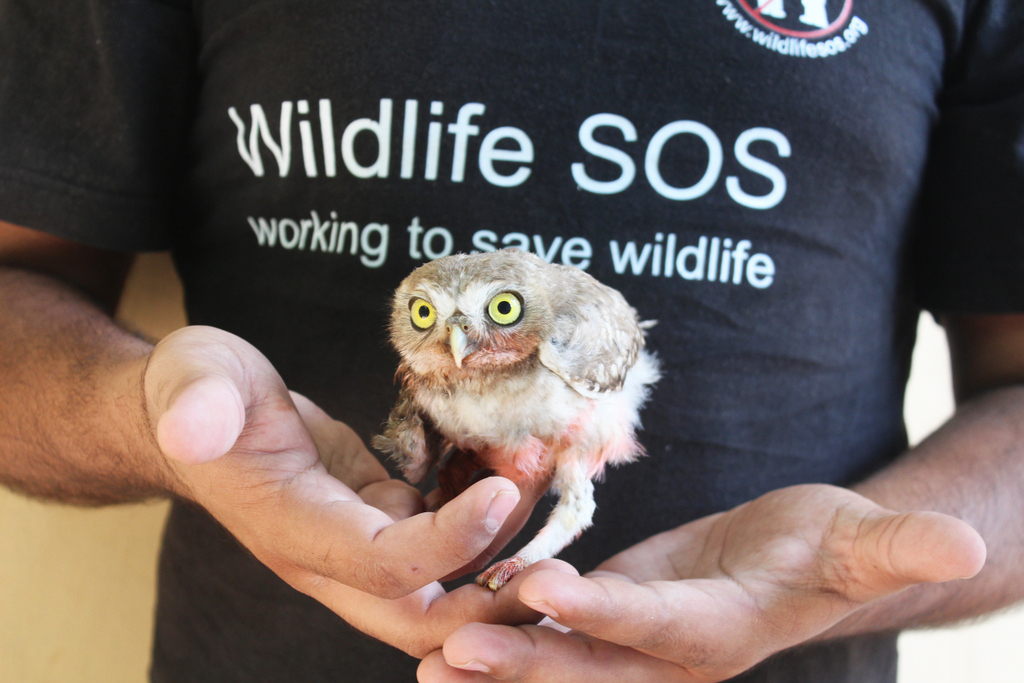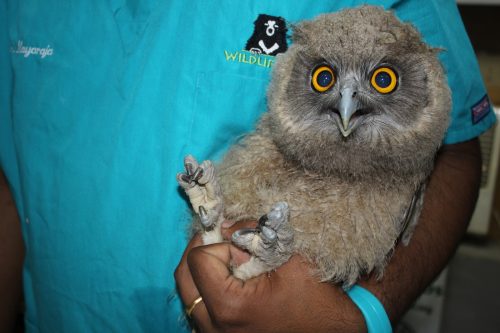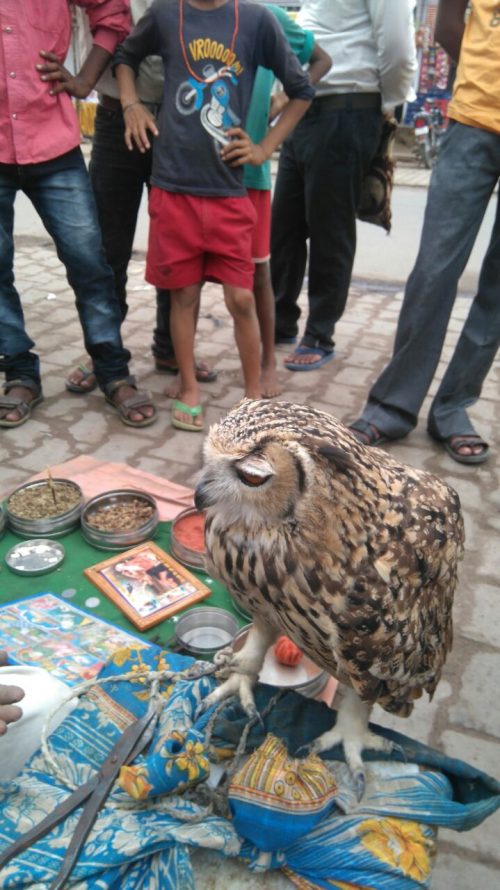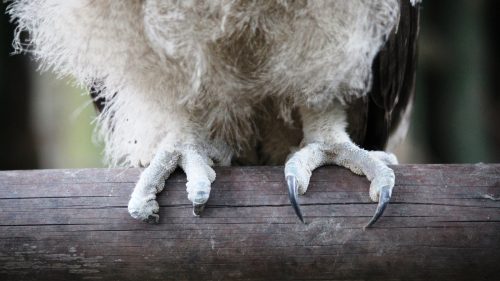TBI Blogs: From Cages Back to the Wild – Helping India’s Owls Escape Poaching and Illegal Trade
Use of owls in unfounded religious beliefs and black magic is endangering the population of this elusive bird species. Rampant poaching and illicit trade in different parts of the country have become a growing concern for wildlife conservationists.

Use of owls in unfounded religious beliefs and black magic is endangering the population of this elusive bird species. Rampant poaching and illicit trade in different parts of the country have become a growing concern for wildlife conservationists.
India’s most anticipated festival has come and gone, and just like every year, countless owls face a cruel fate at the hands of poachers who cater to ignorance and misguided beliefs. While the Festival of Lights illuminates our lives with joy, fervour and celebrations, it casts a dark shadow over the lives of thousands of owls that fall victim to human exploitation. Driven by religious myths and superstitious beliefs, these birds are poached for their body parts such as talons, skulls, bones, feathers, meat, and blood, which are then used in talismans, black magic, traditional medicines, etc.
The faithful consider owls be the sacred “vahana” or mount of Goddess Lakshmi. People sacrifice them during this auspicious festival to force the goddess of wealth and prosperity to remain in their homes for a year. Though the exact number of owls traded and sacrificed each year remains unknown, ahead of Diwali these incidents increase and take a more visible shape. It is quite ironic to see the very birds revered in Indian mythology and culture being treated as sacrificial offerings and commodities.
Hunting and trading of all Indian owl species is banned under the Wildlife Protection Act, 1972; however, such incidents confirm that wildlife trade goes on right under our noses in the country.

Ornithologist Abrar Ahmed estimates that 15 of the 30 owl species recorded in India are found in the domestic pet trade, based on an extensive investigation into the exploitation and illegal trade of owls in India in 2010. The study further recorded that the Indian (Rock) Poachers usually target the most traded Eagle owl, Brown fish owl, dusky eagle owl, Indian Scops owl, and Mottled wood owl species for the illegal wildlife market. People believe the false feather ear tufts (feather extensions on the head) of horned owls such as the Indian Eagle Owl to have mystical properties, making them coveted and highly sought after.
In a shocking incident earlier this year, the Wildlife SOS team in Agra rescued a juvenile dusky eagle owl held captive by poachers in a village on the outskirts of the city. The rescuers were horrified to find that the men had already trimmed off the talons from the owl’s right foot, as they were planning on illegally trading them in the market.
The wildlife conservation NGO also rescued an Indian Eagle owl from a tantrik (black magician), who used the bird to exploit and dupe curious bystanders in the market area in Bodla, Agra.
The domestic trade of owls is highly lucrative and is prevalent across many large states of India.

Bird markets in Chandni Chowk and Jama Masjid are among places that cater to huge demand, especially during festive seasons. The price of one owl can range up to lakhs of rupees, depending upon the size and species. Poachers sell the birds for ritual slaughter during the night of Diwali. Blind faith has led to exploitation of this unique wildlife species, thus threatening their very existence in the wild.
Awareness regarding the abominable treatment of these birds is incredibly important to curb cruelty and poaching of wildlife.

Poaching of owls or possession and trade of their body parts is a criminal offence, with imprisonment for 3-7 years. Moreover, the Convention on International Trade in Endangered Species of Wild Flora and Fauna (CITES) prohibits international trade in owls. The Wildlife Crime Control Bureau, established in 2007, monitors trapping and poaching patterns and conducts frequent raids and wildlife seizures. It also provides effective intervention in capacity building of enforcement agencies to combat organised wildlife crime in the country.
Wildlife SOS’s Anti-Poaching team, code-named “Forest Watch”, uses a large and complex network of informers who gather critical intelligence. The team actively assists the Forest Department, Police, and other law enforcement agencies, and provide legal support where needed. They also conduct law enforcement training workshops for forest departments and other agencies and members of the judiciary across India. This helps with capacity-building, investigation of wildlife crime, and enhancing court proceedings, leading to a higher rate of convictions.
Do your bit for the welfare of animals. Click here to support anti-poaching efforts.
Like this story? Or have something to share? Write to us: [email protected], or connect with us on Facebook and Twitter.
NEW: Click here to get positive news on WhatsApp!
If you found our stories insightful, informative, or even just enjoyable, we invite you to consider making a voluntary payment to support the work we do at The Better India. Your contribution helps us continue producing quality content that educates, inspires, and drives positive change.
Choose one of the payment options below for your contribution-
By paying for the stories you value, you directly contribute to sustaining our efforts focused on making a difference in the world. Together, let’s ensure that impactful stories continue to be told and shared, enriching lives and communities alike.
Thank you for your support. Here are some frequently asked questions you might find helpful to know why you are contributing?


This story made me
-
97
-
121
-
89
-
167











